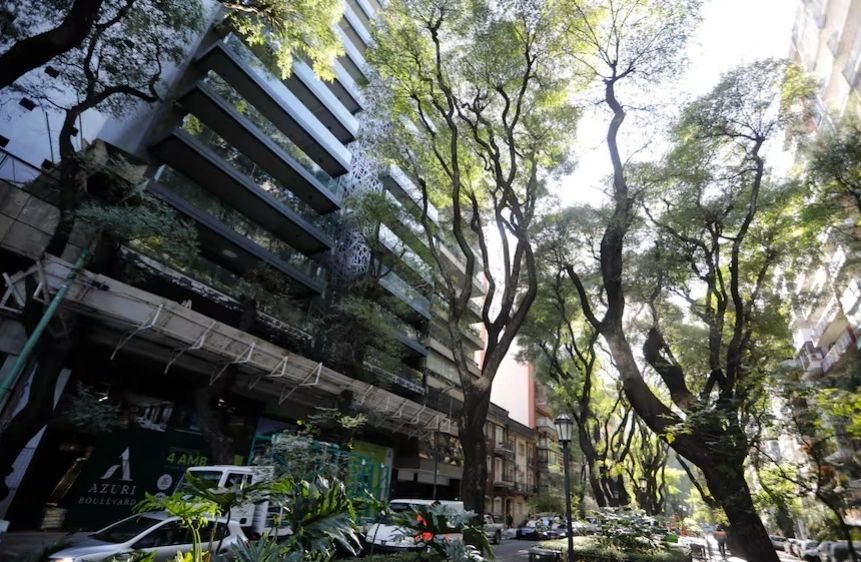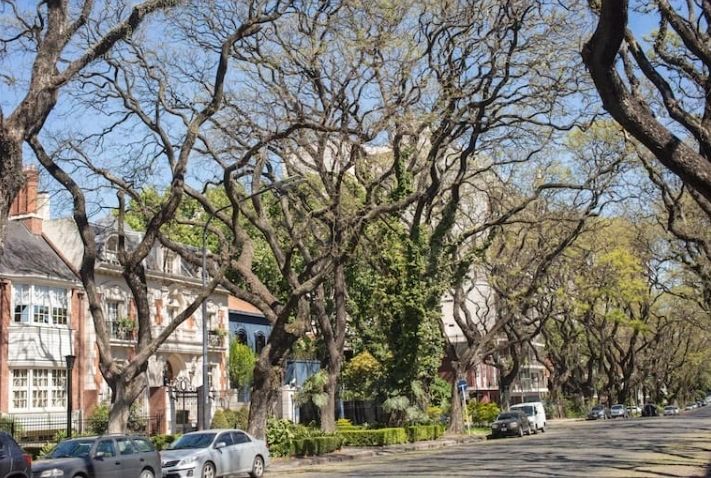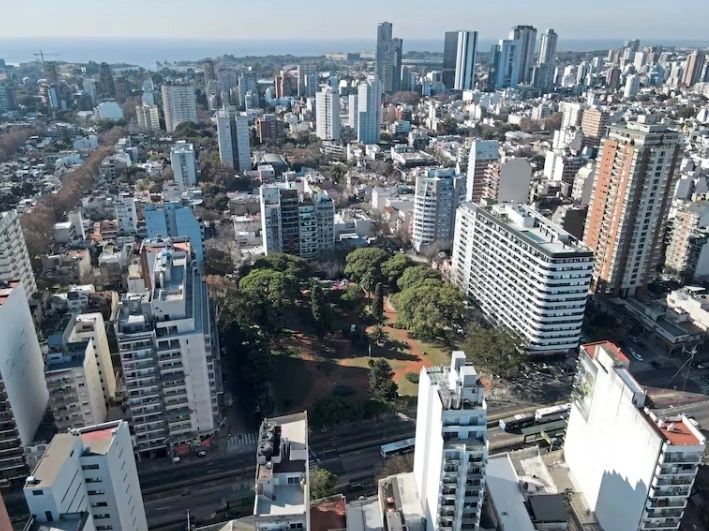BuySellBA
Administrator
Is it better to buy an apartment in Núñez or Belgrano? - La Nacion Propiedades

Source:
¿Es mejor comprar un departamento en Núñez o Belgrano?
Dos barrios que parecen similares pero muy distintos a la vez; cinco preguntas clave para entender sus diferencias
October 28, 2025
Two neighborhoods that seem similar yet very different at the same time; five key questions to understand their differences
By Candela Contreras

Belgrano is a consolidated area with tall buildings that create a denser urban landscape. Ricardo Pristupluk - La Nacion
Núñez or Belgrano? Belgrano or Núñez? Two neighborhoods that combine tradition, modernity, and quality of life . Living near the river, surrounded by greenery, and with good connectivity sounds ideal, but both have nuances that can tip the balance in favor of one or the other when deciding to purchase : Which offers the best value? Where is there the most supply of new developments? What is the buyer profile of each neighborhood?
With a strong residential tradition , both areas today offer a blend of luxurious homes and modern buildings that are becoming increasingly common. In this article, real estate market experts help us understand what each area offers and which best suits different lifestyles.
1) What type of housing does each neighborhood offer?
Belgrano and Núñez can be thought of as neighborhoods belonging to the same family, but with very different essences . According to Lorenzo Raggio, general manager of Interwin, Núñez still retains the appearance of low-rise houses and wide streets , unlike Belgrano , which is more established and features high-rise buildings that create a denser urban landscape. “Belgrano R, for example, still maintains low heights, while Bajo Belgrano is undergoing an accelerated transformation, with old houses giving way to high-value residential projects.” Meanwhile, in Núñez, “the old houses have given way to new developments, consolidating a much more modern profile.”For his part, Maximiliano D'Aria, director of D'Aria Properties, in Belgrano R , with large houses and tree-lined streets, the values per square meter are between US$2,800 and US$4,450. Meanwhile, in Belgrano C and Barrancas , with great cultural and commercial activity, prices range between US$2,650 and US$3,425 . Meanwhile, Bajo Belgrano - also known as Belgrano Chico - reaches up to US$5,100/m² .
In the case of Núñez , D'Aria explains, the neighborhood shed its distinct suburban roots and consolidated itself as a development hub . The large developments near the former Tiro Federal and CENARD, next to River Plate, transformed the area and attracted a more affluent audience, without losing the diversity of its segments.

In Belgrano R, with mansions and tree-lined streets, square meter values range between US$2,800 and US$4,450.
2) Who usually shops in Núñez? And in Belgrano?
According to Raggio, the buying public in Belgrano tends to be more traditional and of a higher socioeconomic status. They choose the neighborhood for its "anchors" : renowned schools, shopping and dining hubs, historic clubs, and a strong identity. "These are families who prioritize permanent housing and seek prestige in an established area," the broker assures.Núñez , on the other hand, attracts younger , more modern buyers with less of an attachment to tradition . "It's perceived as a more modern neighborhood," he adds. The urban transformation, the proximity to the northern corridors, and the sporting environment make it an attractive option for investment and short-term rentals.
“Belgrano represents a stable, established, and heritage-based choice, while Núñez is positioned as a future-proof bet, with growing capital gains,” D'Aria agrees, adding that myths still persist in both areas: “Belgrano is often associated with a more established and conservative neighborhood, and Núñez with a younger and more disruptive one. But that idea weakens when you look at it in more detail: both have micro-residential areas and dynamic commercial areas.”
3) What factors define the final decision?
In D'Aria's words, it's about looking at "today" and "tomorrow ." Belgrano offers immediate security: schools, clubs, cultural offerings, and a consolidated and stable real estate market. "It's, in essence, a more conservative asset choice , designed to preserve capital in an already proven and recognized area," he asserts.Núñez, for his part, reflects sustained growth in the value per square meter and an urban transformation that drives it forward. "It's a neighborhood that attracts a diverse audience and already exceeds established square meter values in Belgrano."
However, he assures that the most important thing "is its future": with the progress of the Innovation Park and the arrival of universities and institutes, it is emerging as an academic and technological hub that will likely boost the area's added value.

Núñez reflects sustained growth in the value of the square meter and an urban transformation that drives it forward. Ricardo Pristupluk
4) What are the pros and cons of each?
Gabriela Goldszer, director of Ocampo Properties, points out that Núñez stands out for its transformation : it combines traditional homes with premium developments near Avenida del Libertador and quiet streets. Among its advantages , she lists good connectivity, proximity to the river and green spaces, and a growing family profile . "It's establishing itself as a more affordable alternative to Belgrano, but with a more relaxed atmosphere," she says.Among the cons , he mentions the coexistence of quiet areas with others with heavy traffic - proximity to General Paz and Cabildo - and a more limited commercial and nightlife than that of Belgrano.
Raggio adds that Belgrano suffers from a traffic problem , although it compensates with extensive subway coverage. Núñez , on the other hand, has less congestion , except in the Lower Town during concerts or soccer games. Both neighborhoods concentrate a large part of the city's ABC1 population and are attractive hubs for businesses, thanks to their strategic location on Libertador and Cabildo avenues.
“Belgrano has very strong historical roots: those who have lived there for decades tend to stay in the neighborhood. Núñez, on the other hand, is increasingly receiving urban nomads from other areas, and is perceived as a more modern neighborhood from a demographic perspective,” Raggio adds.
5) Which one offers better profitability?
According to the latest data from Zonaprop, Belgrano has a gross annual return of 4.3% , while Núñez reaches 4.1% . This means that, on average, it takes 23.4 years to recover the initial investment in Belgrano and 24.1 years in Núñez.The difference is minimal and confirms that both neighborhoods remain among the most attractive in northern Buenos Aires, albeit with different profiles: Belgrano as a traditional bastion and Núñez as the great promise of development.
www.buysellba.com

